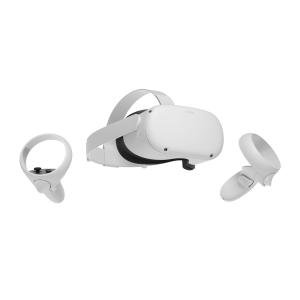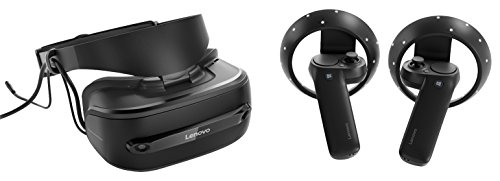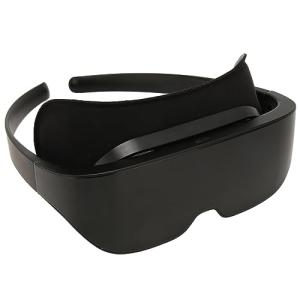Augmented Reality Software is all about blending the digital world with our real one. Imagine pointing your phone at a wall and seeing a funky piece of art pop up right in front of you. That's the magic of AR! It adds elements like images, sounds, and even graphics to what you see in everyday life. This technology is changing how we interact with the world around us, and it’s easier to use than you might think.
If you're curious about how it works, think of it like this: Augmented Reality Software uses your device’s camera and sensors to recognize the environment. Then, it overlays digital information on top of what you're seeing. For example, some apps can help you visualize how new furniture would look in your living room before you buy it. Pretty cool, right?
Getting started with Augmented Reality Software doesn't require you to have a high-tech gadget. Most smartphones and tablets today support AR apps. Plus, many brands are developing user-friendly applications that let you dive into the AR experience without any hassle. Whether it’s gaming, shopping, or learning, there’s an app that can enhance how you experience these activities.
Another exciting aspect of Augmented Reality Software is its role in education and training. Imagine being a medical student learning about anatomy—using AR, you can see 3D models of the human body right in front of you. This hands-on learning can really help with understanding complex concepts, making it super valuable for students and professionals alike.
Top Features to Look for in Software
When you're diving into the world of Augmented Reality Software, a few key features can make a big difference. You want something that feels intuitive and easy to use. Look for a user-friendly interface that lets you jump right in, without needing a degree in tech wizardry. A simple layout and clear navigation are game changers!
Next, consider how well the software handles different devices. Good Augmented Reality Software should work smoothly on various platforms, whether it's a smartphone or a headset. Compatibility means you won’t be limited in how you create or view your AR experiences. It’s all about flexibility!
Don't forget about content creation tools. If you’re planning to create your own AR experiences, make sure the software includes robust editing features. The best solutions offer assets like 3D models, animations, and interactive elements. You’ll want tools that let your creativity shine, so your projects pop and engage users.
Lastly, check for performance and stability. You want your Augmented Reality Software to run smoothly, without glitches or crashes. Good performance makes everything more enjoyable, and you won’t have to worry about frustrating interruptions. Trust me, it’s all about that seamless experience!
Oculus Quest 2 - Advanced All-in-One Virtual Reality Gaming Headset for Family Holiday - White - 256GB Video - Silicone Mask Pad + 16 Feet USB Type-C Link Cable
Product information
$439.00
Product Review Score
4.78 out of 5 stars
22 reviewsProduct links
How Augmented Reality Software Enhances Experiences
Augmented Reality Software takes your everyday experiences and adds a fun twist to them. Imagine pointing your phone at a building and instantly seeing its history pop up on your screen. This software helps blend the digital world with the real one, making learning and exploring way more interactive. In stores, you can scan products to see reviews, prices, and even how they fit into your space. It’s like a virtual shopping assistant right in your pocket!
Games are another area where Augmented Reality Software shines. You’ve probably seen games that let you catch virtual creatures in the real world. This not only makes playing games super engaging but also gets you moving around outside. It’s no longer just about sitting on the couch; you’re out there, experiencing the game in a whole new way.
For education, this software is a game-changer. Teachers can use Augmented Reality Software to create immersive lessons. Picture a science class where students can explore the solar system by looking around their classroom. They’re not just reading about it; they’re seeing it, touching it, and really getting involved in the learning process. It makes complex subjects easier to understand and much more exciting.
Even in healthcare, Augmented Reality Software is making waves. Surgeons can use it to overlay crucial data on what they’re looking at during an operation, giving them extra help without cluttering their vision. This combination of digital and physical can really enhance precision and safety. What's not to like about that?
HTC Vive Pro Eye Virtual Reality Headset Only
Product information
Product Review Score
4.61 out of 5 stars
210 reviewsProduct links
Getting Started with Augmented Reality Software
Getting into Augmented Reality Software can feel a bit overwhelming with all the options out there, but it’s easier than you might think. First things first, you’ll want to choose the right software that fits your needs. Whether you’re into gaming, education, marketing, or even just having fun, there's something for everyone.
Once you've picked your software, take some time to explore its features. Many Augmented Reality Software options come with tutorials or help sections that explain how to get started. Dive into those! They’re super helpful and can quickly boost your confidence and skills.
Next, it’s all about practice. Don’t be afraid to play around and experiment with different tools and settings. Try creating your own AR experiences or enhance existing projects. This hands-on approach is the best way to learn and see what all the fuss is about.
Lastly, connect with communities of other users. Forums, social media groups, and online courses can provide additional tips and inspiration. Other people’s experiences can help you avoid common pitfalls and spark ideas you hadn’t even considered.





